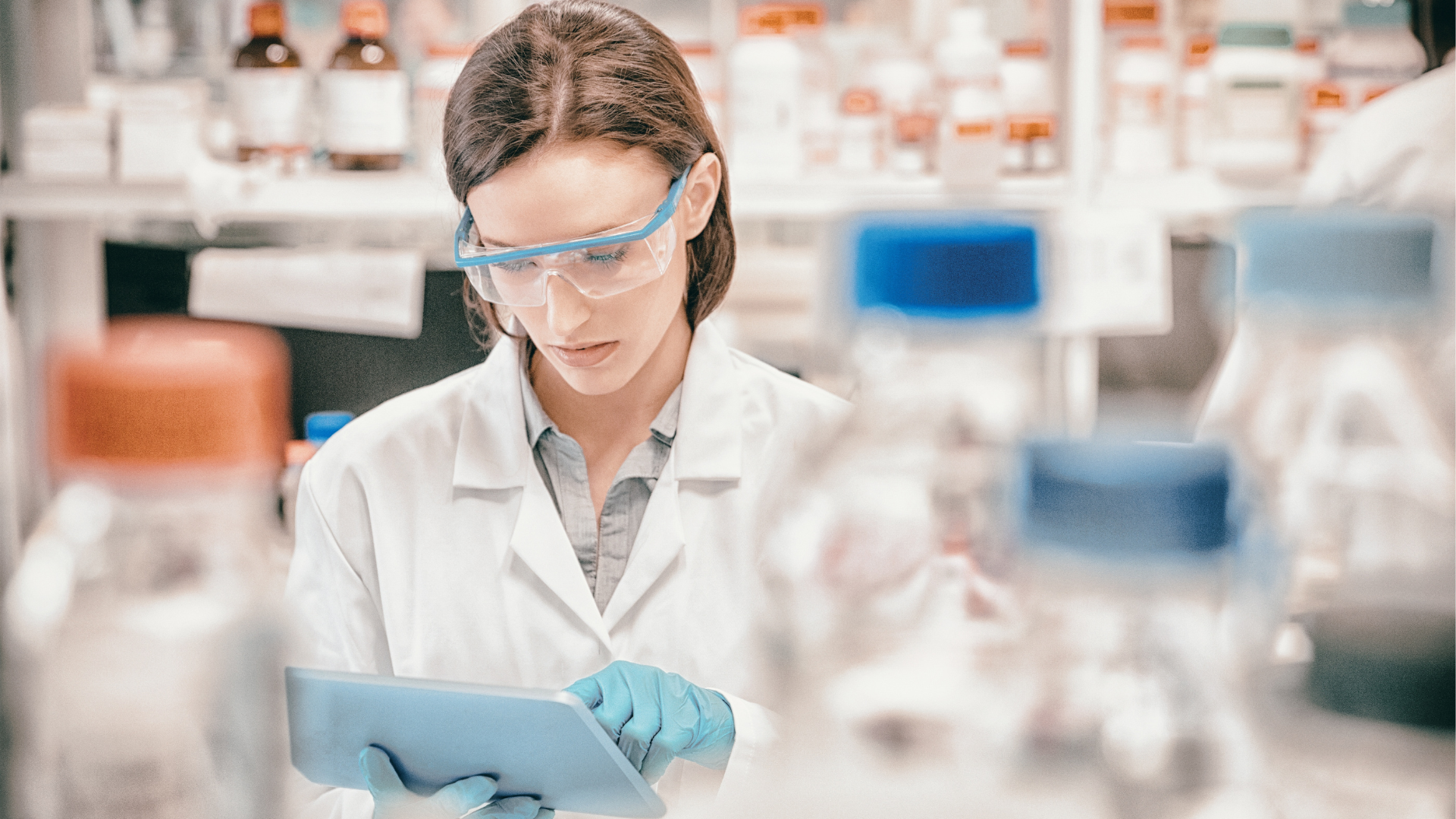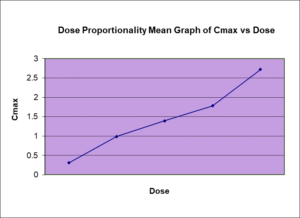Leveraging the 505(b)(2) Program to Prolong the Life of a New Chemical Entity (NCE)

This is an continuation of When is 505b2 a good choice for your new drug application?
In the world of pharmaceuticals and drug development, the journey from discovery to market can be a long and arduous one. Even after years of research, extensive clinical trials, and obtaining regulatory approval, a drug’s life on the market can be limited due to various factors such as the initial invention of the NCE (New Chemical Entity) is not optimized for therapeutic usage and/or safety profile as well as patient compliance. The 505(b)(2) program offers a unique pathway to extend the life of a NCE and maximize its potential benefits. In this blog post, we will explore how this program can be a game-changer for pharmaceutical companies.
The 505(b)(2) program, a provision of the Federal Food, Drug, and Cosmetic Act, allows pharmaceutical companies to seek approval for a new drug product that relies on the published scientific information of a listed drug (LD). This pathway is particularly useful when a company wants to make changes or improvements to an existing drug, whether it’s a new dosage form, route of administration, or a combination of drugs etc.
The Benefits of 505 (b)(2) Program:
When a pharmaceutical company develops a new chemical entity (NCE), the clock starts ticking with regards to patent protection. Patents typically last for 20 years from the date of filing, but this includes the time spent on research and development, preclinical studies, and clinical trials. By the time a drug reaches the market, a significant portion of its patent life may have already been consumed. The 505(b)(2) program can provide a second chance by allowing the company to make improvements to the original New Chemical Entity and secure additional patent protection.
In addition to patent protection, the 505(b)(2) program offers market exclusivity for a certain period. If the FDA approves the modified new drug product, the company may enjoy a period of market exclusivity, during which generic competitors cannot enter the market. This exclusivity can provide a significant revenue boost.
Pharmaceutical companies can utilize the 505(b)(2) program to seek approval for additional indications or uses for the existing NCE. This approach can open up new patient populations and markets, effectively extending the drug’s life and impact.
Over times, safety and efficacy concerns may arise regarding an existing drug. By utilizing the 505(b)(2) program, a company can develop a modified version of the drug that addresses these concerns, ensuring the drug remains a viable option for patients and healthcare providers.
Potential 505(b)(2) Candidates
Drugs that fit the 505(b)(2) pathway are usually not entirely novel entities but for molecules have been approved by FDA through 505 (b) (1) route. For example, ideal drug candidates for a 505(b)(2) application may include:
- Drugs for a new indication from an already approved label
- New combination formulation of already approved drugs
- New combination formulation that consists of an already approved drug along with new active ingredients
- Drugs with a change in dosage form, strength, or route of administration of an already approved drug on the market. This can include, but not limited to, oral extended-release formulation, injectables, inhalation, transdermal patches, etc.
Clinical development for a Successful 505(b)(2) Program
For a successful 505(b)(2) program, it’s crucial to conduct the right types of clinical trials to gather the necessary data and evidence to support the safety and efficacy of the modified drug. The specific clinical trials required will depend on the nature of the changes made to the original drug and the regulatory requirements set by the FDA. Here are some key types of clinical trials that may be needed:
-
- Comparative Bioavailability/Bioequivalence (BA/BE) trials: if the changes to the drug are primarily related to the formulation, such as a different dosage form or route of administration, bioequivalence studies are typically required. These studies compare the pharmacokinetic parameters of the modified drug to the listed drug (LD) to ensure that they are essentially the same in terms of drug absorption, distribution, metabolism, and elimination.
- Pharmacokinetic and Pharmacodynamic (PK/PD) Studies: PK/PD studies may be necessary to serve as bridging study to assess how the modified drug behaves in the body and its effects on the target disease or condition. These studies help establish the optimal dosage, dosing frequency, and therapeutic window.
- Single-Dose and Multiple-Dose PK Studies: These studies assess how the modified drug is absorbed, distributed, metabolized, and eliminated in the body after a single dose. They provide initial insights into the drug’s behavior. Multiple-dose PK studies evaluate the drug’s pharmacokinetics when administered repeatedly over a period of time. These studies help determine factors like steady-state concentration and accumulation of the drug in the body.
- Food Effect Studies: If the drug’s administration is affected by food intake, food effect studies are conducted to evaluate the impact of food on the drug’s pharmacokinetics.
- Drug-Drug Interaction (DDI) Studies: If the modified drug is likely to interact with other medications commonly used by patients, DDI studies are conducted to assess potential interactions.
- Route of Administration Studies: If the route of administration has changed (e.g., from oral to injectable), studies are conducted to evaluate the safety, tolerability, and pharmacokinetics of the new route.
- Single and Multiple Ascending Dose Studies: Due to the nature of the modification of the new product being developed, the single and multiple ascending dose studies assess the safety and tolerability of the modified drug at different or increasing doses will be required. They aim to identify the maximum tolerated dose and any dose-limiting toxicities. Dose-ranging studies are conducted to determine the optimal therapeutic dose of the modified drug
- Special Population Studies: If the modified drug is intended for use in specific patient populations, Phase 1 studies involving these populations may be necessary to assess safety and dosing. Also the impact of the renal and hepatic impairment will be required depends on the drug’s metabolising profile.
- Clinical Efficacy Trials: If the changes to the drug are substantial, such as new indications or significant alterations to the drug’s mechanism of action, clinical efficacy trials may be required. These trials are designed to demonstrate the effectiveness of the modified drug in treating the intended disease or condition. They often involve larger patient populations and can be randomized, controlled trials.
The successful 505(b)(2) clinical development program depends on the nature of the modifications made to the original drug and the FDA’s regulatory expectations. Collaborating with regulatory experts and the FDA during the drug development process is crucial to ensure that the chosen clinical studies align with regulatory requirements and support the subsequent phases of the program. In summary, clinical studies for a 505(b)(2) program focus on assessing the safety, pharmacokinetics, pharmacodynamics, and formulation of the modified drug. These studies provide critical data to support the subsequent phases of drug development and regulatory approval.
Why Choose BioPharma Services for your next Drug Development Project?
BioPharma Services’ Pharmacometrics team has extensive experience in developing a 505(b)(2) product clinical program using the bridging PK/PD study approach and also, providing advice related to safety and efficacy assessment, and conducting the variety of clinical trials necessary for the 505(b)(2) pathway. Whether you need a study to establish a new indication for a modified new drug product or investigate a novel route of delivery for a previously approved drug, BioPharma can provide the services you need and guide you through the appropriate regulatory pathways. In addition, Dr. John Oldenhof, Vice President of Scientific Affairs has extensive experience with Canada’s equivalent of the FDA, providing clients with further flexibility on a global scale.



